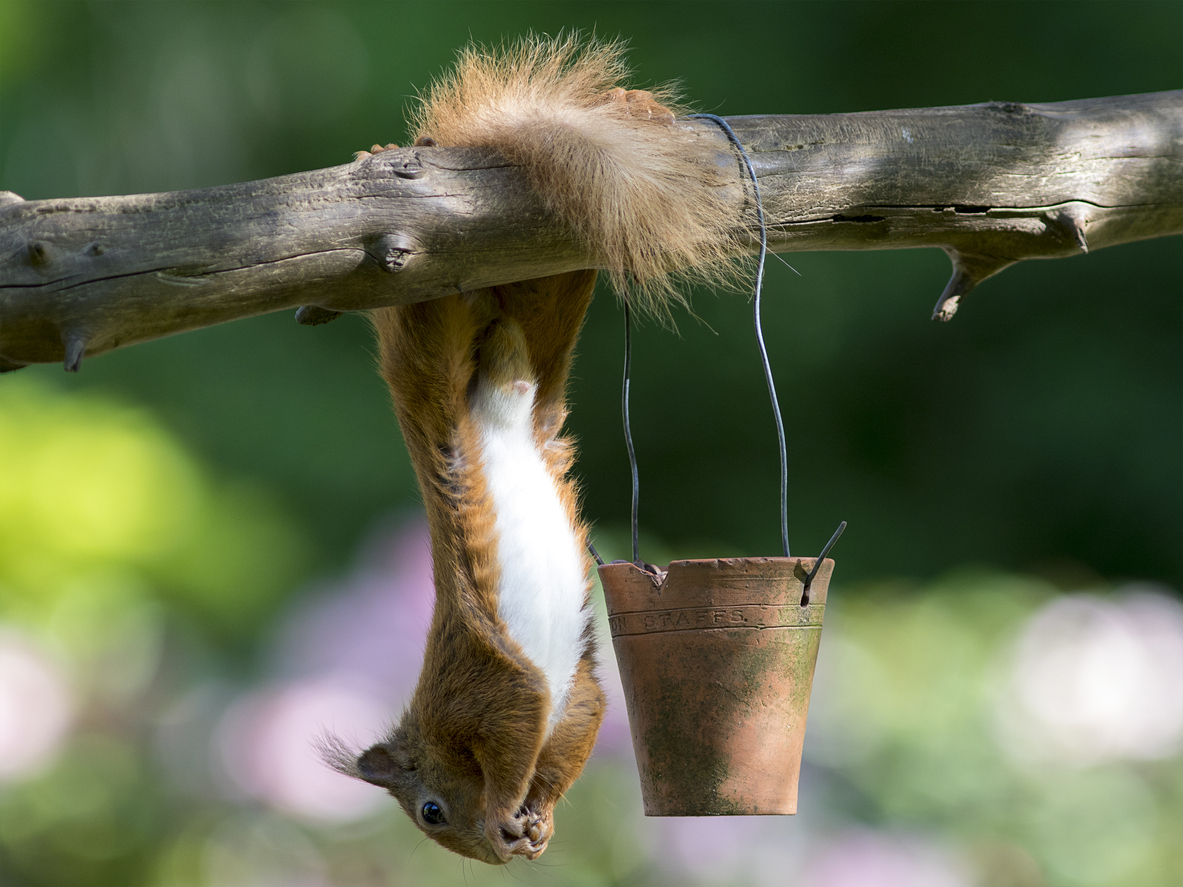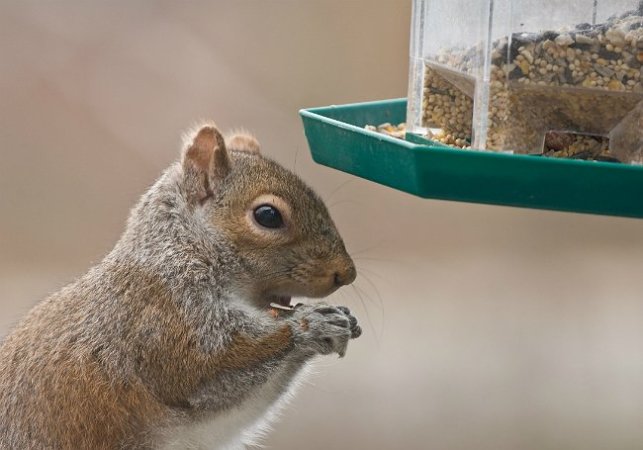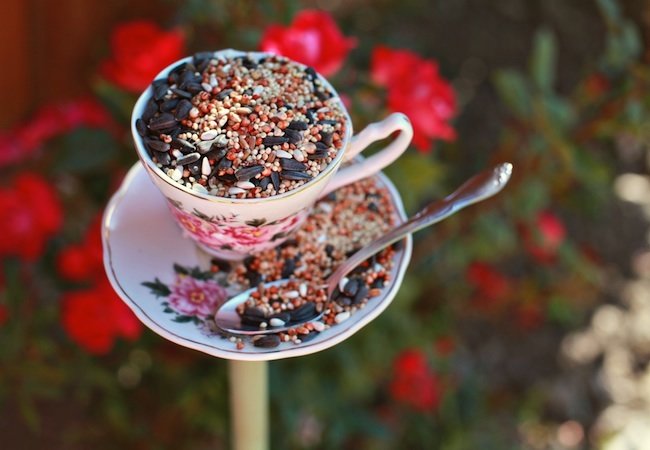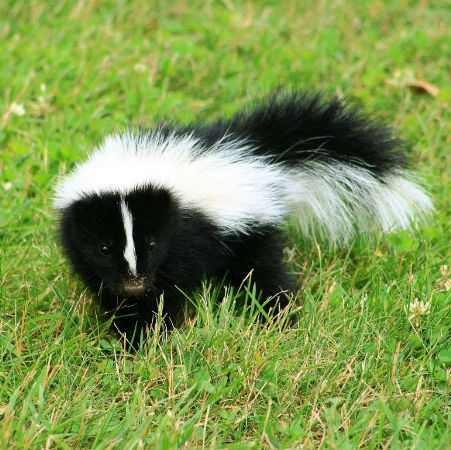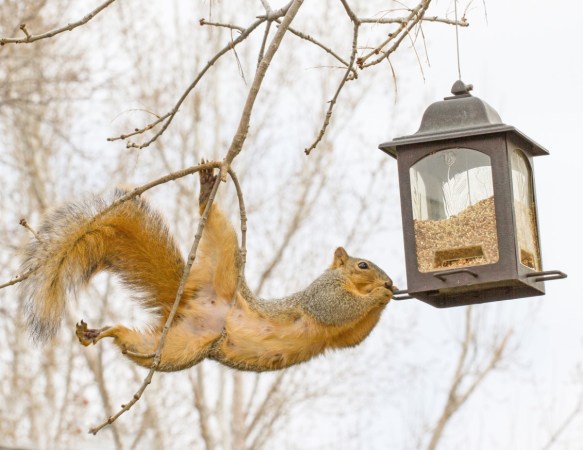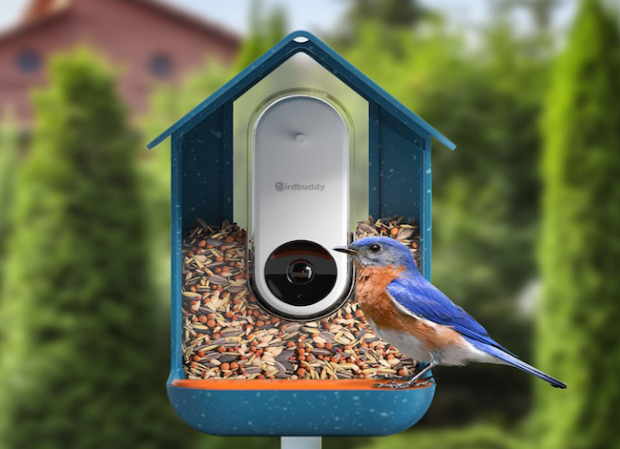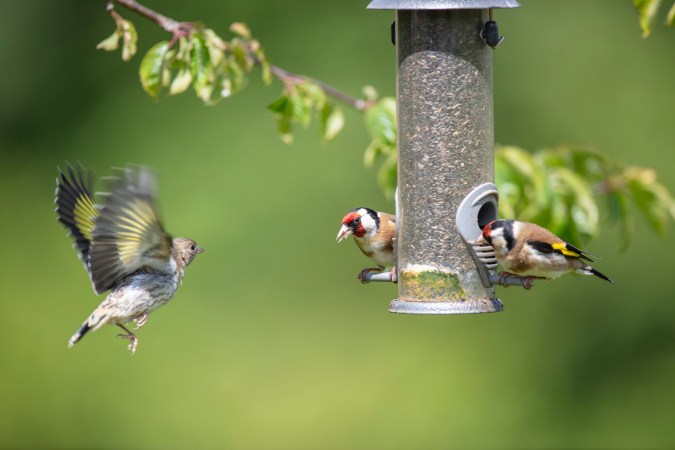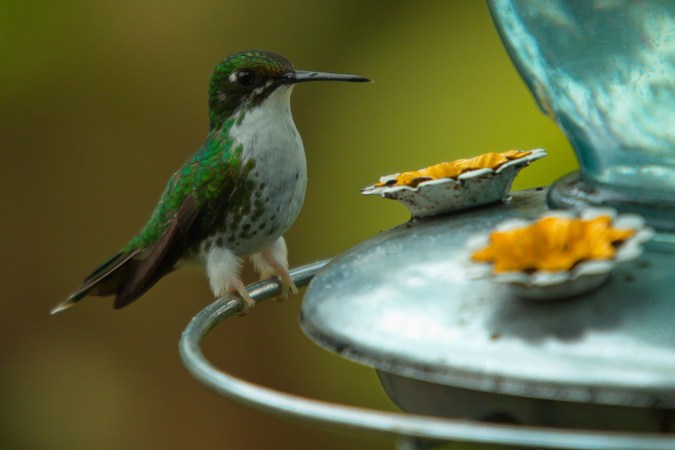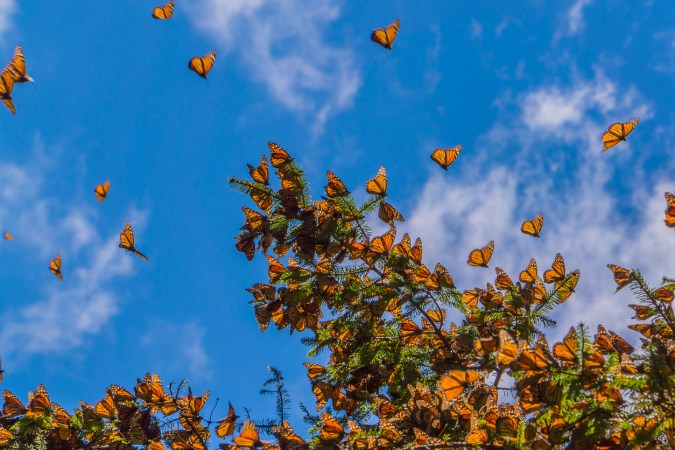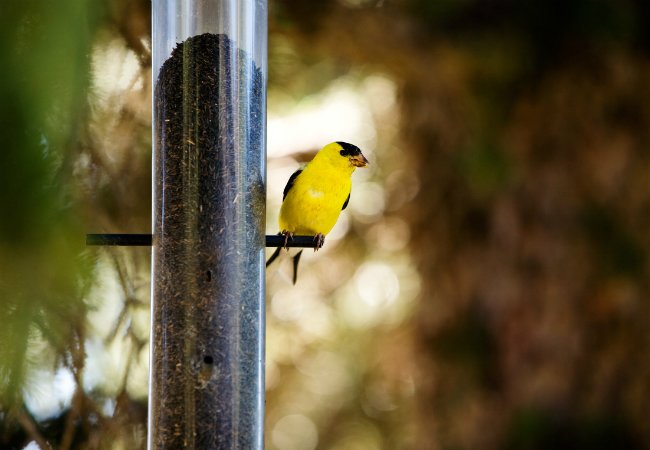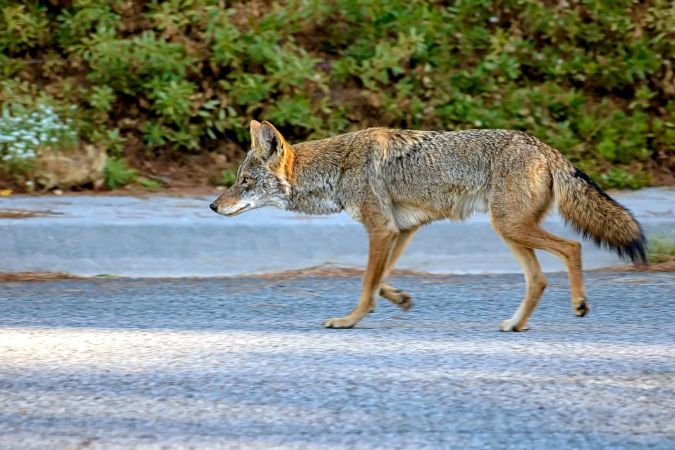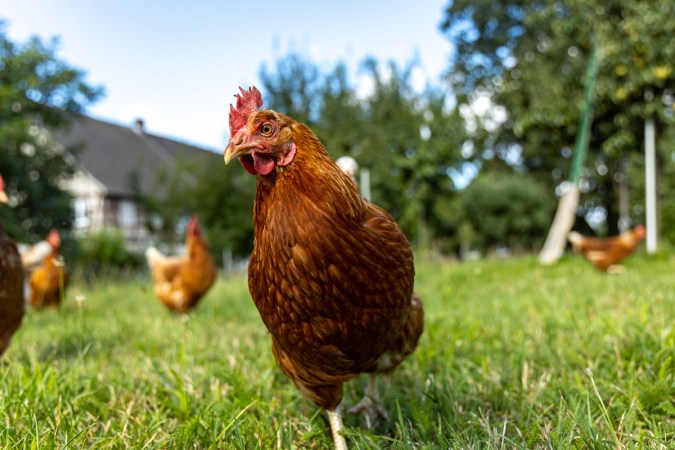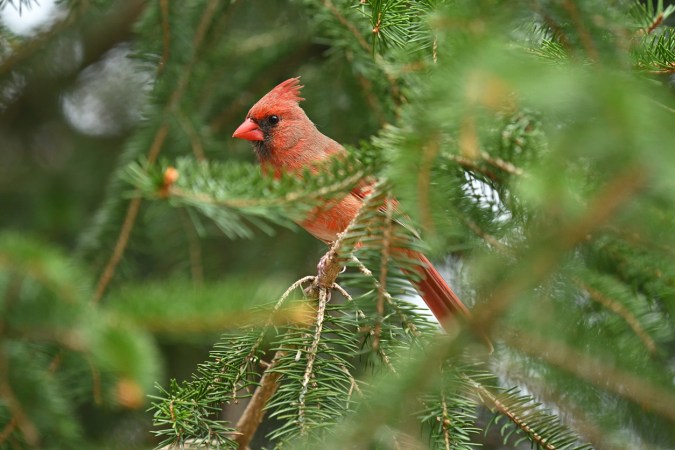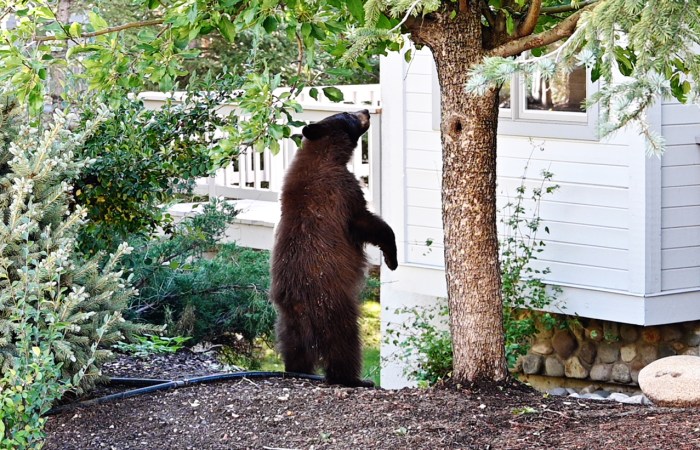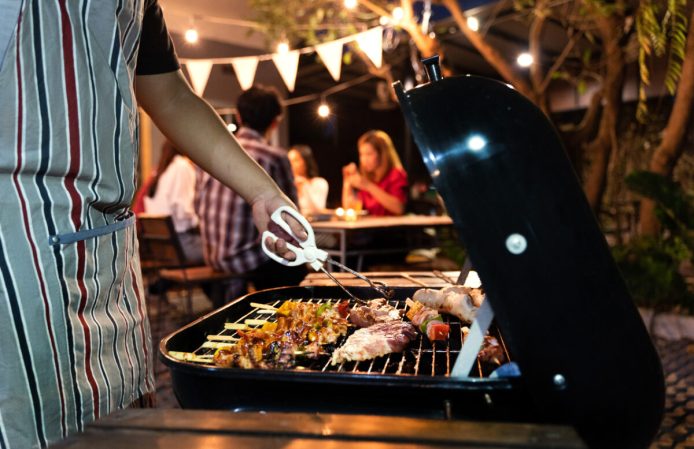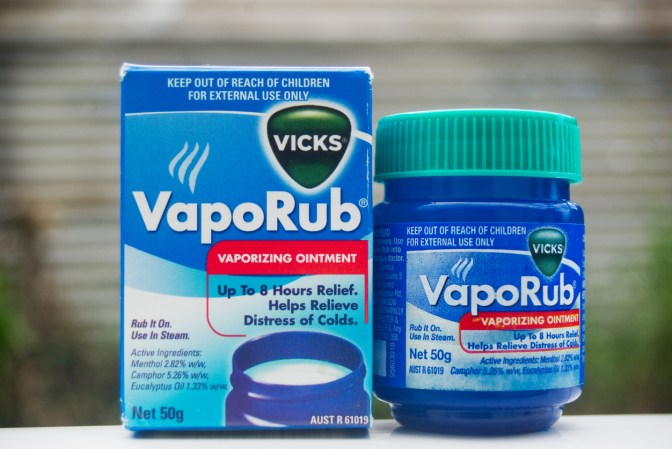We may earn revenue from the products available on this page and participate in affiliate programs. Learn More ›
When it comes to daring hijinks, astounding feats of agility, and sheer persistence, it’s hard to beat your average backyard squirrel. There are more than 200 species of squirrels found across the globe, but the two most likely to rummage—some would say rampage—through your backyard in search of food are the eastern gray squirrel and the fox squirrel. Both types are tree squirrels—as the name suggests, tree squirrels mostly prefer to stick to the trees, while ground squirrel species dig burrows. They look similar, although the fox squirrel is generally larger and redder than the gray squirrel.
While many people are eager to keep squirrels out of their yards, and especially away from their bird feeders, others prefer to encourage visits from these bushy-tailed and undeniably cute rodents. Thus the rise of the squirrel feeder. These feeders serve two purposes: they might keep squirrels satisfied enough to leave your bird feeders alone, and they provide lots of entertainment as you watch your furry guests scamper, climb, and dine. If you just can’t get enough of all things squirrel, and want to see more up-close-and-live action, here’s what you should know about choosing, hanging, and filling a squirrel feeder.
RELATED: Solved! How to Keep Squirrels Away from Bird Feeders
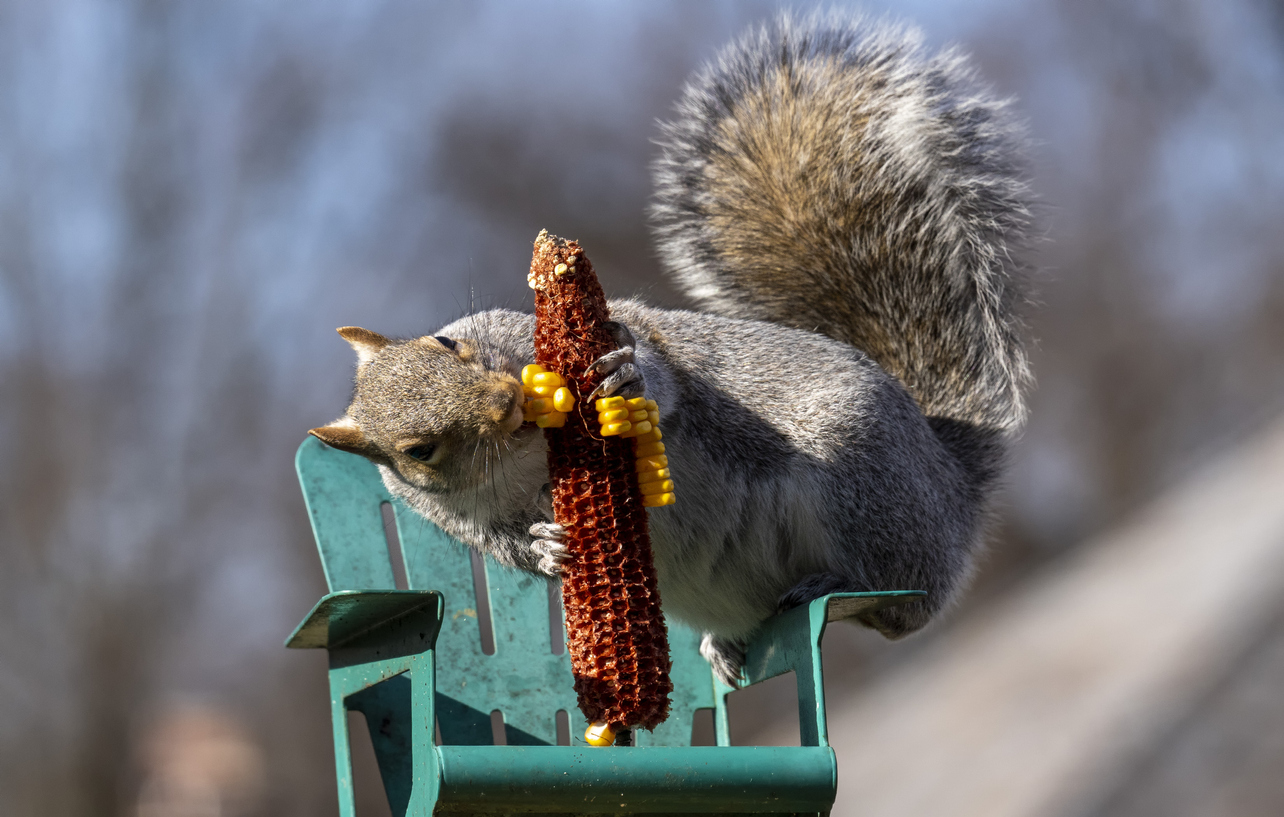
1. Squirrels enjoy a wide variety of foods.
Squirrels aren’t especially picky eaters, but it’s best to stick with nutritious offerings for your bushy-tailed visitors. You’ll find a variety of commercial squirrel mixes, but it’s easy to create your own. Start with a mixture of nuts, but go easy on the peanuts; while squirrels undeniably love peanuts, they aren’t the healthiest choice.
Instead, fill your squirrel feeder with raw, unsalted walnuts, pecans, hazelnuts, or filberts, preferably still in the shell. If you do feed peanuts, make sure they are unsalted and roasted—raw peanuts can harbor a mold that’s toxic to squirrels.
Squirrels also love eating dried corn, although admittedly it doesn’t offer much nutritional value. Still, an occasional dried corncob is a tasty treat, and it’s fun to watch your guest adroitly maneuver the corncob for optimal nibbling. You also can feed squirrels bits of fruits and vegetables. These are generally highly appreciated and are a healthy treat. Put out chunks of raw apples, grapes, melons, or berries, but stay away from citrus, which squirrels typically shun. Pieces of raw carrot, broccoli, squash, green peas, and leafy greens are also healthy, tasty options.
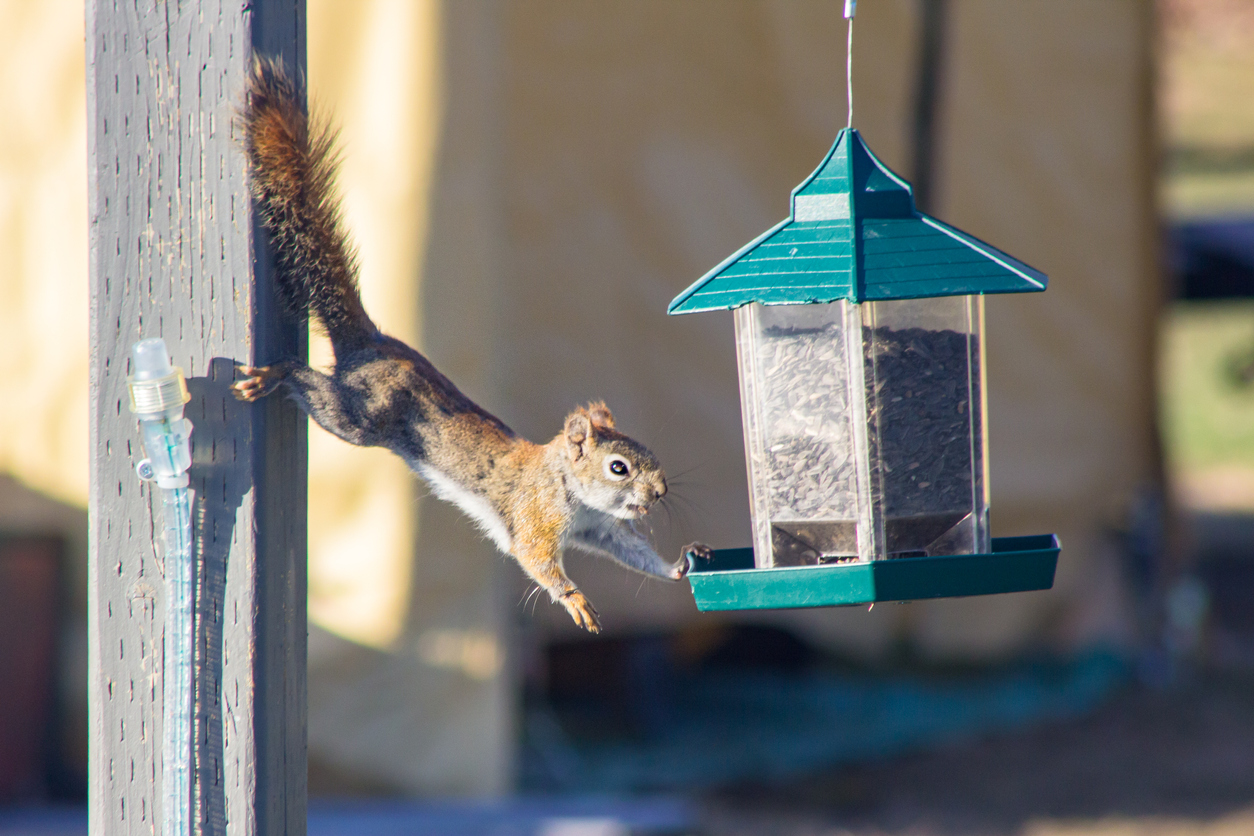
2. Keep the squirrel feeder away from the birds.
One of the biggest—and admittedly, most deserved—complaints regarding squirrels in the backyard is that they voraciously devour the contents of your bird feeders. Most of the foods enjoyed by wild birds, including nuts, seeds, and dried fruits, also appeal to squirrels.
Hanging your squirrel feeder too close to your bird feeders is like holding out a piece of candy to a toddler; it’s nearly guaranteed that your furry guests won’t be able to resist, and will soon be dining at both the bird feeder and their own designated feeder, defeating the purpose of separate feeders.
Help keep squirrels in their own space by hanging their feeders at least 20 feet away from any backyard bird feeders. Choose squirrel-resistant bird feeders, or use baffles or other squirrel repellents on your bird feeders. The more difficult it is to access the birdseed, the likelier that the squirrels will stick with their own offerings.
3. Squirrel feeder designs can be entertaining.
While most squirrel feeders feature simple designs—the two most common configurations are a basic platform or a small box, often with a lift-up lid to keep the food inside dry—you are definitely not limited to those options. Why not hang the most entertaining squirrel feeder possible? After all, these dexterous rodents are much more welcome backyard visitors when their setting is as whimsical as their antics.
You can make a squirrel feeder yourself if you’re crafty, or purchase one that’s ready to hang. Some fun designs that go beyond the usual include picnic tables, Adirondack chairs, horse or other animal heads that require the squirrel to place its own head inside to reach the food, spinning feeders, or even feeders that require the squirrel to make its way through an obstacle course before reaching the food.
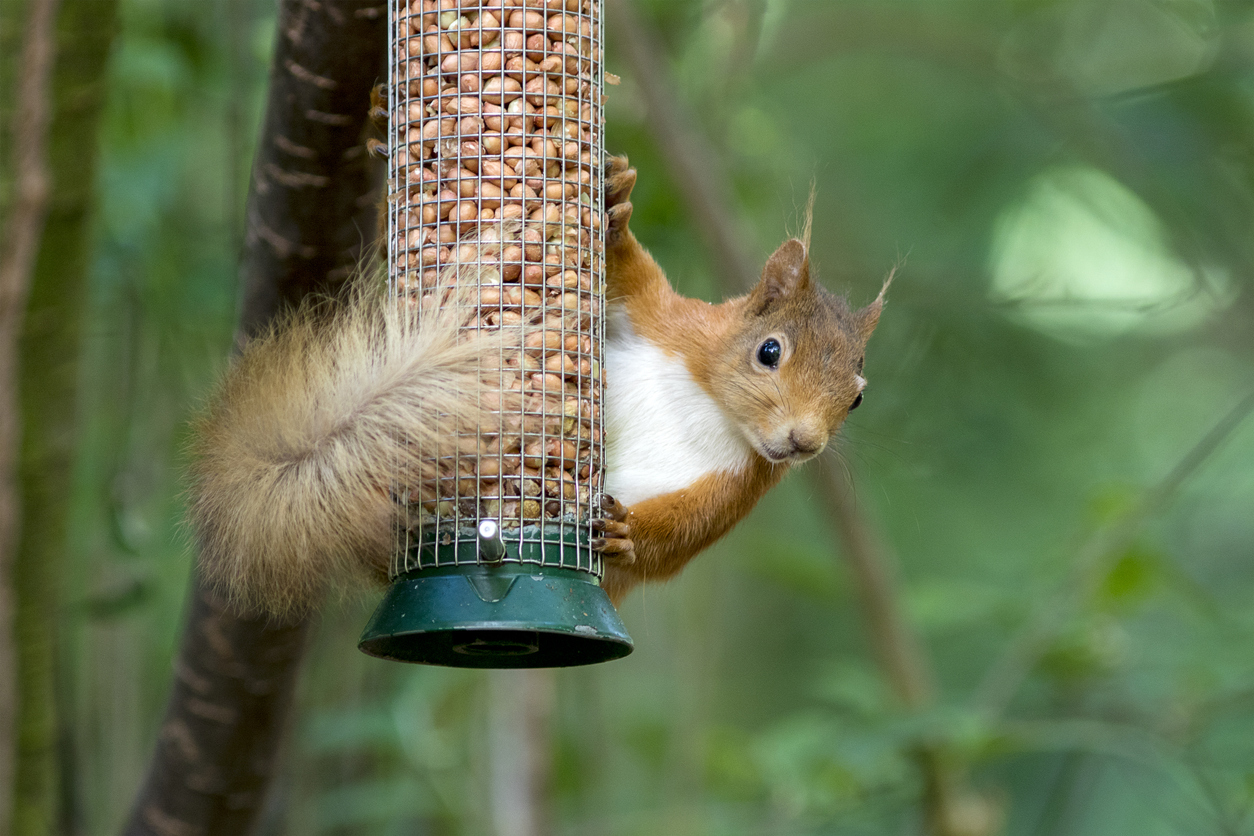
4. Durable materials are important.
Like all rodents, the squirrels’ two front upper and bottom teeth—called incisors—lack roots and continue to grow throughout their lifetimes; it’s this trait that defines a rodent. If not kept under control by regular grinding, a rodent’s incisors can actually become long enough to penetrate the skull and damage the animal’s brain.
This need to grind their teeth is why squirrels and other rodents can create so much damage; they can and do chew through wood, metal, plastic, drywall, and many other materials. While you can’t entirely prevent your squirrel friends from damaging their feeder by chewing the wood or scratching their sharp nails, you can cut down on the problem by choosing or making a sturdy feeder from metal. Hard, smooth wood also isn’t as enticing to chew as a more textured surface.
RELATED: 13 DIY Squirrel Feeder Ideas for Your Yard
5. Feeders should be inaccessible to squirrel predators.
Watching squirrels at play, it’s easy to forget that these seemingly fun-loving, agile, and curious creatures are also prey to many other species. Squirrels need to remain constantly vigilant for signs of their many enemies, which include cats, dogs, birds of prey, coyotes, wolves, bobcats, mountain lions, badgers, and even snakes, which will consume baby squirrels right out of the nest.
To keep your backyard guests safe, it’s best to place their feeder within a few feet of a tree or bush that can provide shelter from predators when necessary. Hang the feeder 8 to 10 feet above the ground, but keep it away from your own home’s roof, unless you want to take the risk of a squirrel in search of a nesting spot finding access to the attic of your home through a vent or other opening on the roof.
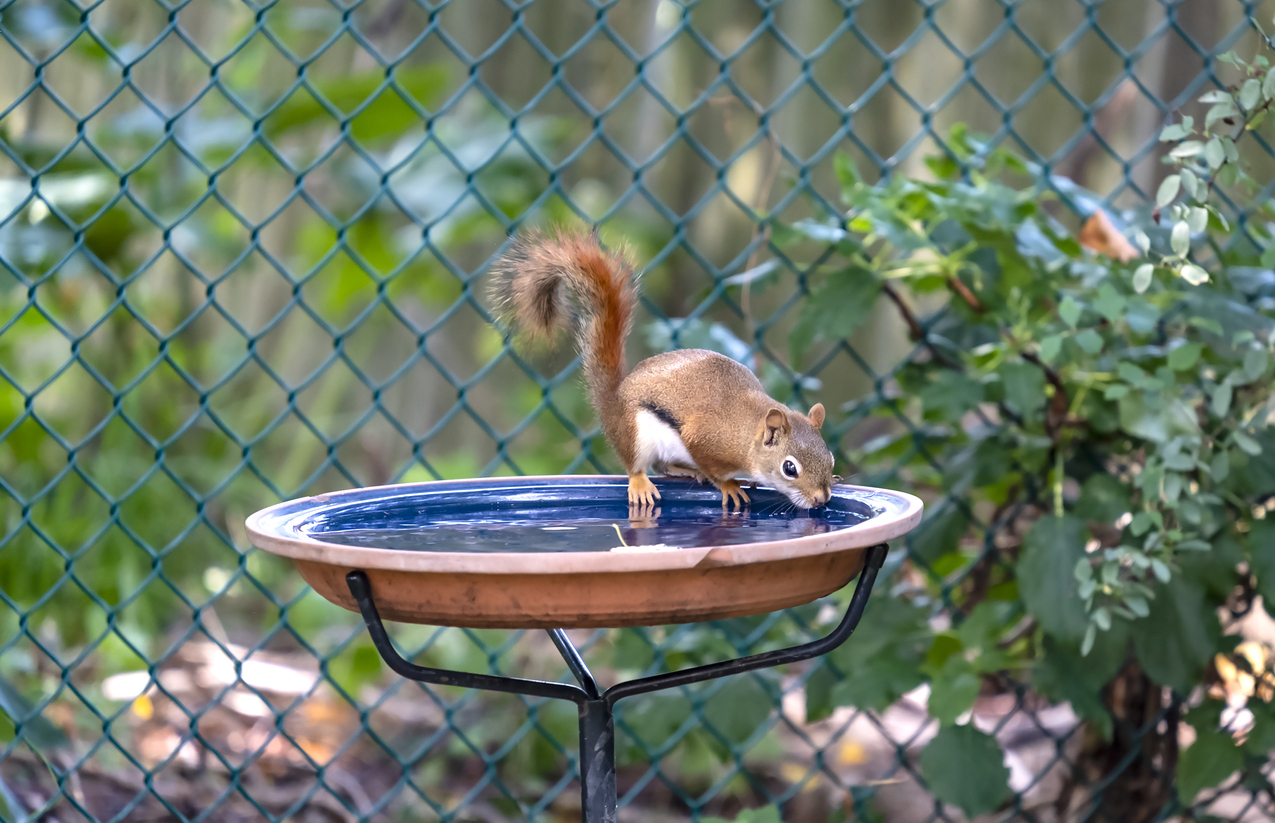
6. Squirrels get thirsty, too.
Just like all other animals, squirrels require a steady source of fresh water to survive. In the wild, squirrels drink from puddles and other small bodies of water, but also gain a great deal of their moisture requirements by licking dew or rain water off grass and leaves.
You can help out your backyard squirrels by offering them fresh water along with their food. Some squirrel feeders have built-in bowls for holding water, but if yours does not, simply place some small bowls of water on the ground within a few feet of the feeder. Be sure there’s a tree or shrub nearby where the squirrel can dash for safety should a predator appear while it’s slaking its thirst. Change the water daily and wash the bowl to prevent the growth of mold or algae.
7. Keep the feeder up all year long.
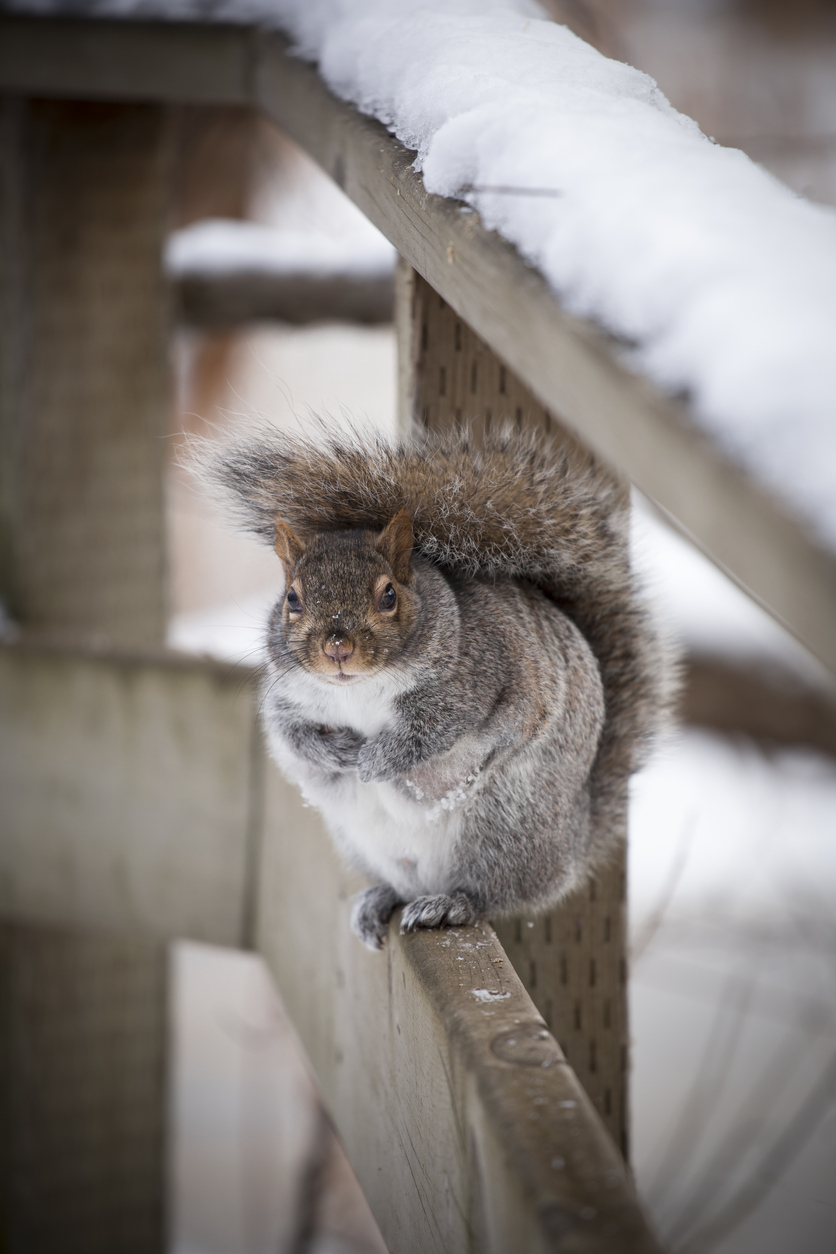
Unlike many bird species, squirrels don’t migrate to warmer climes once winter arrives. And you might be surprised to learn that tree squirrels don’t hibernate, either. Instead, they prepare for cold weather by storing up food around their territory, mostly in the form of buried nuts, seeds, fruits, and even insects.
Most squirrel species begin their winter preparations during the fall, when you might spot a squirrel busily burying a nut before scampering away. During this time, squirrels also eat more than usual to put on extra weight that will help them survive during the lean winter months.
Keeping your squirrel feeder up year-round won’t prevent the local squirrels from following their instincts to bury food, put on weight, and add warmth to their nests in the form of twigs, leaves, and moss, but it will make their lives a little easier during the harshest days of winter. Plus, you’ll be able to enjoy spying on their antics all year long.
RELATED: Why You Should Take Down Your Backyard Bird Feeder—at Least for Now
